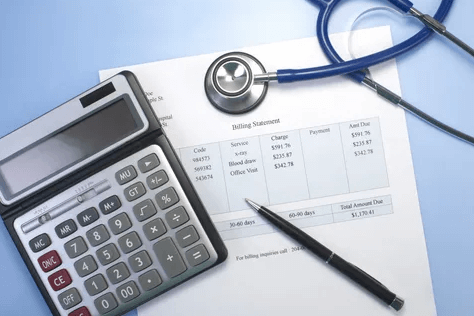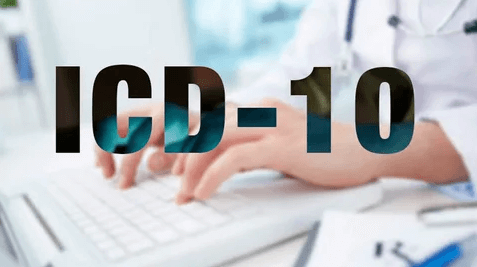5 Most Unproductive Touches In The Healthcare RCM Process
Efficient revenue cycle management (RCM) is essential for the financial health and operational efficiency of healthcare organizations. However, certain processes within the RCM workflow may inadvertently lead to inefficiencies and wasted resources. In this blog, we’ll explore the five most unproductive touches in the healthcare RCM process and discuss strategies for streamlining these processes to optimize workflow efficiency.
Manual Data Entry
Manual data entry is prone to errors and consumes valuable staff time that could be better allocated to higher-value tasks. Whether inputting patient demographics, coding diagnoses, or processing insurance claims, manual data entry not only slows down the RCM process but also increases the risk of billing inaccuracies and claim denials. Implementing automated data capture solutions and leveraging electronic health record (EHR) integrations can minimize manual data entry, improve accuracy, and accelerate revenue cycle workflows.
Paper-Based Documentation
Relying on paper-based documentation for billing and documentation processes can impede workflow efficiency and hinder timely reimbursement. Managing paper documents requires physical storage space, manual sorting, and retrieval processes, all of which contribute to administrative overhead and delays in claims processing. Transitioning to electronic documentation systems, such as electronic health records (EHR) and document management platforms, can streamline documentation workflows, reduce paper-related costs, and facilitate seamless information sharing across healthcare teams.
Manual Prior Authorization Processes
Navigating the complex landscape of prior authorizations for medical services and procedures can be time-consuming and resource-intensive for healthcare organizations. Manual processes for obtaining prior authorizations, such as phone calls, faxes, and paper forms, often result in delays and administrative burden for both providers and patients. Implementing electronic prior authorization solutions, integrating with payers’ systems, and leveraging real-time eligibility verification tools can automate and streamline prior authorization processes, reducing turnaround times and improving patient access to care.
Reactive Denial Management
Reactive denial management, where healthcare organizations address claim denials after they occur, is inefficient and costly. Identifying and resolving denials requires significant time and resources, often involving manual review of denied claims and resubmission of corrected claims. Proactively addressing root causes of denials, such as coding errors, eligibility issues, and incomplete documentation, through robust claims scrubbing tools, automated coding validation, and staff training programs can prevent denials before they occur, improving first-pass claim acceptance rates and accelerating revenue cycle workflows.
Fragmented Communication Channels
Fragmented communication channels, such as phone calls, emails, and paper memos, can hinder effective collaboration and information sharing among revenue cycle stakeholders. Communication breakdowns can lead to delays in claims processing, billing errors, and missed opportunities for revenue optimization. Implementing centralized communication platforms, such as secure messaging systems and task management tools, can streamline communication workflows, facilitate real-time collaboration among revenue cycle teams, and ensure timely resolution of revenue cycle issues.
Conclusion
Identifying and addressing the most unproductive touches in the healthcare revenue cycle management process is essential for optimizing workflow efficiency, reducing costs, and accelerating revenue cycle workflows. By implementing automated data capture solutions, transitioning to electronic documentation systems, streamlining prior authorization processes, adopting proactive denial management strategies, and centralizing communication channels, healthcare organizations can streamline revenue cycle operations, improve financial performance, and enhance the overall patient experience.








